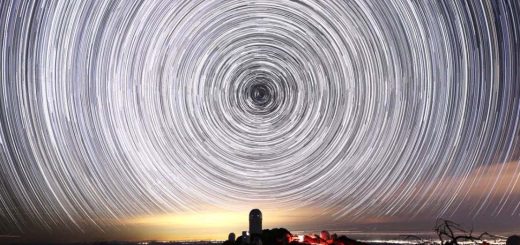Saturn’s moon Titan is experiencing coastal erosion from methane seas
Saturn’s moon Titan has coastlines matching ones on Earth that have been carved by waves, hinting that Titan’s hydrocarbon seas and lakes also has them
By Alex Wilkins
19 June 2024
The liquid hydrocarbon seas of Titan may have waves
NASA/JPL-Caltech/University of Arizona/University of Idaho
Craggy coastlines appear to have been carved out by waves around the methane seas and lakes of Saturn’s largest moon, Titan – and a NASA mission launching in 2028 could give us a closer look.
Titan is the only body in the solar system apart from Earth that has liquid on its surface, in the form of lakes and oceans made up of hydrocarbons like liquid methane, ethane and other organic molecules. Scientists think that winds in Titan’s thick nitrogen-rich atmosphere might produce rippling waves on these lakes, but these have never been directly observed because the moon’s atmosphere is too hazy to peer through.
Is an old NASA probe about to redraw the frontier of the solar system?
The New Horizons mission to Pluto, now zooming out of the Kuiper belt, has made a discovery that could upend what we know about where the solar system ends
Advertisement
Now, Rose Palermo at the US Geological Survey in Florida and her colleagues have found that the shape of Titan’s coastlines are best explained by the existence of waves on the ocean surface that have eroded them over time.
Palermo and her team looked at the coasts around Titan’s largest seas and lakes, like the Kraken Mare and Ligeia Mare, and compared them with coastlines on Earth whose origin we understand, such as Lake Rotoehu in New Zealand, which was initially made through flooding and later eroded from waves. They then created different simulations of Titan’s oceans, in which coastal erosion came from waves or just from dissolving at the edges.
Ligeia Mare on Saturn’s moon Titan, as seen by NASA’s Cassini spacecraft, has varying edges that may have been carved by waves NASA/JPL-Caltech/ASI/Cornell


